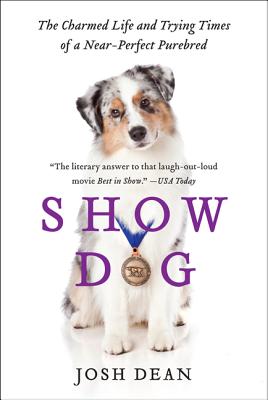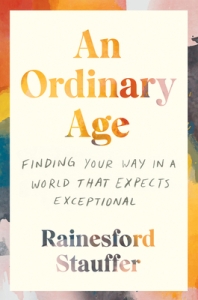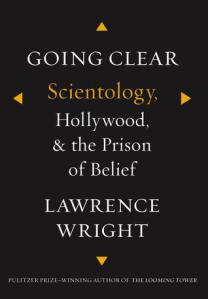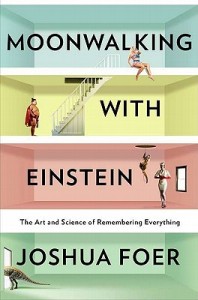
Title: Breaktime: Living Without Work in a Nine to Five World
Author: Bernard Lefkowitz
Genre: Journalism
Trigger Warnings: Death (mentions), mental illness (mentions), illness (mentions)
Back Cover:
A revolution against conventional work and career is spreading across America. It’s a quiet movement, but sooner or later it may affect you. This dramatic revolt against against the work ethic has led many Americans to break with their careers and to restructure their lives around their personal design.
In the past ten years, many Americans have dropped out of the job market in significant numbers, choosing not to work. These people are rethinking their priorities and are rejecting the pressures that come with climbing the success ladder. These are not the idle rich or the romantic young, but ordinary middle-class citizens who want to make the most of themselves, to live for the present rather than for the future. A social security pension at sixty-five is no longer their goal in life – these men and women will not allow the nine-to-fine routine to interfere with their desires for personal satisfaction.
Bernard Lefkowitz who has talked and lived with people of all ages, income levels, and life-styles, offers a fascinating portrait of the nonworking life. Why have these people stopped working? How do they pay the rent? What do they do with all their time? What options are available to those of us who might also choose to retire early – as early as twenty-five? More than one hundred people have confronted these and other vital issues in interviews with Lefkowitz.
Among the subjects presented in Breaktime are a couple who sublet their apartment and house-sit for others; a loan collector who found that he was more interested in people than in chasing debtors; an ex-TV anchorman who’d had it with corporate journalism; and a former Xerox executive who plotted and planned for his ten years with the company to leave at thirty-two and do nothing for the rest of his life. These and many others have quit early and are enjoying life on their own terms. Breaktime is a revelation and an incentive to find a better way.
Review:
I spent a remarkable amount of time trying to track down this book considering I didn’t know very much about it. I knew the title, and there was a photograph of the paperback cover available on Goodreads and The StoryGraph. (It’s actually the cover image I used on this post, since the copy I finally got my hands on was a hardcover without the dust jacket and therefore was just plain pressboard.) I couldn’t find a description or anything regarding what it was about, and I couldn’t track down any reviews. It probably has something to do with the book being a not-particularly-noteworthy longform journalism piece published in 1979, but even the few places on the internet that acknowledged the book’s existence didn’t seem to care to do more than that.
I eventually located in my local library’s storage archives and had to go request a librarian go into the archives and grab it for me. But in the end, I did get my hands on it. (And I added the back cover information to The StoryGraph, because the part from the dust cover was pasted inside the book itself and I don’t think it’s actually online anywhere else.) Which seems like a lot of effort for something that, again, I knew next to nothing about. But the title caught my interest, and even though I knew I was unlikely to find anything particularly actionable in a book about people opting out of work in the 1970s, I still wanted to read it.
The 1970s was nearly fifty years ago, so this book felt less like a current events analysis (which I’m sure it was supposed to be) and more of a capture of attitudes of a particular subset of people in a particular time. One of the things I found most fascinating about it, though, was how many beliefs and attitudes were exactly the same as today. Nobody wants to work anymore; people aren’t religious anymore; the government is full of liberals who want to destroy us conservatives; your job is your identity; maybe your job shouldn’t be your identity; these are all familiar ideas expressed at one point or another in this book. Even though economics have changed, societal beliefs about women working have changed, and ideas about the very meaning of work itself have changed, a lot of the attitudes Bernard and his subjects express haven’t.
Another thing that struck me about this book is how un-feasible most of the subjects’ strategies would be in today’s world. One person managed to get unemployment for seven years; several had their formerly stay-at-home wives go to work and support the family on a clerical salary; a remarkable number of them got their employers to say they were laid off so they could get unemployment in the first place. And that’s not counting the ones who were fairly wealthy to begin with and chose to just live on their savings. All of them put a big emphasis on cutting down their expenses, but I can’t help noticing all the ways none of this would work in 2024.
And, interestingly, it seemed that a lot of them didn’t work in the 1970s, either. A majority of the 100 people Bernard talked to for this book ended up going back to work. Many of them talked about the stress of cobbling together money to pay bills. At least one went to eviction court, and several more were close to it when Bernard’s research ended. A few got severely depressed by losing the sense of purpose and accomplishment that working and being the primary breadwinner gave them, and several talked about not really knowing what to do with their time now that it wasn’t going towards work. There’s a strange tension in this book between these people’s desire not to work, to be free from the job and the boss and the alarm clock and spending a bunch of their time doing things they hate or ethically disagree with or just aren’t the things they want to be spending their time on, and the fact that “living without work in a nine to five world” doesn’t seem to be feasible for more than a few years at a time. And the book never actually explores this tension. It covers people who are voluntarily not working with a sense of “I don’t really understand this but it’s the future of work,” but it also never seems to draw the connection that even for these people, it’s not really possible. To be fair, it is possible in some cases – if they already had a ton of savings to live on, if they were close to retirement age and had enough savings to live on until they could start getting social security or their pension, or if they had a spouse who was willing and able to go to work and who could earn enough to support their family. But those are all true today, as well. These people opting out of work hadn’t really found a way to opt out of work entirely. In most cases, it was something more akin to an extended vacation or sabbatical than dropping out of the nine-to-five world. But the book doesn’t acknowledge this. It presents voluntary unemployment and early retirement as the future while never seeming to notice that even most of the people already doing it couldn’t make it permanent.
There’s a point to be made about society’s view on work and how even though technology and automation has brought down the amount we really need to work, societal values have gone the opposite way than what Bernard predicted. Instead of normalizing early retirement and moving towards twenty-hour workweeks, we’ve made working into a moral and ethical good and busyness into a proof of your personal worth. It would be interesting to contrast this movement with today’s FIRE (Financial Independence, Retire Early) movement, which has the same goal but aims to do it by becoming independently wealthy instead of by relying on social support systems. I would also be curious to hear from someone who lived through the 1970s about this book and how it matches up with the values, culture, and societal dynamics of the period. I’m especially interested to hear if the idea of living without work was a more mainstream idea at the time or if Bernard was reporting on an obscure hippie-adjacent subculture he was interested in. I can point out a bunch of things that were really interesting about this book and how it contrasts with attitudes about work in 2024, but my lack of context and historical understanding about this era limits what more I can get from it. As I anticipated, it’s most definitely not an instruction manual for how to quit your job and keep living afterwards in the modern day (or even at the time it was written). But despite that, it was extremely interesting, and I’m glad I took the time and effort to hunt it down.





